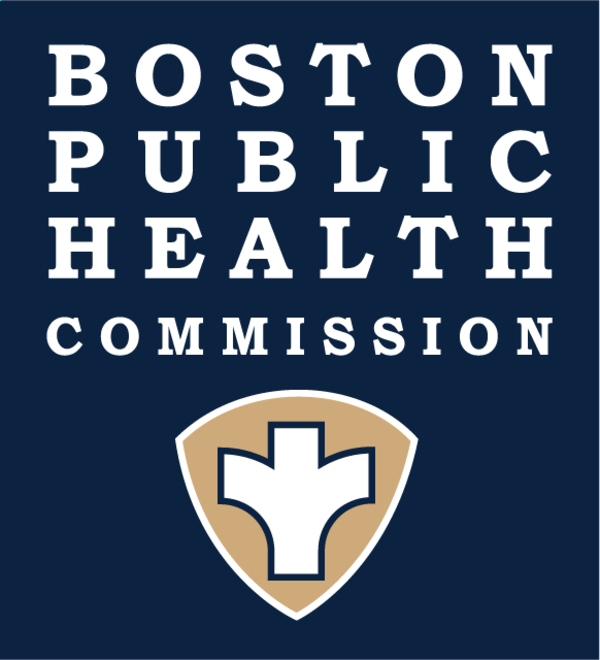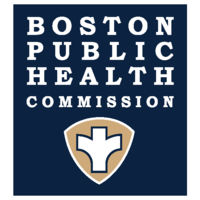Yersiniosis
This fact sheet answers frequently asked questions about yersiniosis.
Yersiniosis is an infection caused by bacteria. The infection is an uncommon cause of diarrhea and abdominal pain.
The basics
Where are the Yersinia bacteria found?
Animals are the main source of the Yersinia bacteria. Fecal waste from animals may contaminate water, milk and foods, becoming a source of infection for people or other animals.
Who gets yersiniosis?
Any person can get yersiniosis but it occurs most often in children.
How do Yersinia bacteria spread?
Yersinia infection spreads when a person eats or drinks contaminated food or untreated water. In addition, direct, or indirect contact with fecal material from an infected person or animal can spread Yersinia.
How long can an infected person carry Yersinia?
The bacteria lives in feces of infected people when they have symptoms and in some cases for a few weeks to months afterward. It is important for infected people to thoroughly wash their hands after each toilet visit.
Symptoms
What are the symptoms of yersiniosis?
Infected people may experience abdominal pain, fever, and watery diarrhea that may contain blood. An appendicitis-like syndrome can occur primarily in older children and young adults. Complications are rare and can include skin rash, joint pains, or spread of bacteria to the blood.
How soon do symptoms appear after exposure to Yersinia bacteria?
Symptoms generally appear 4 to 7 days after exposure, and may last 1 to 3 weeks or longer.
Prevention
How can I prevent yersiniosis?
Avoid drinking contaminated water and raw (unpasteurized) milk. Cook meat, especially pork and pork products, to an internal temperature of 150° F. every time. Practice good hand washing after handling animals, especially domestic pets. People handling and preparing food should wash their hands often after contact with the food. Carefully clean all cutting boards, countertops, and utensils with soap and hot water after preparing any food. Food handlers and Health Care Workers are cleared by local health departments.
Treatment
How is yersiniosis treated?
Most people infected with the bacteria get better on their own without treatment. Those with severe symptoms may need antibiotics.




